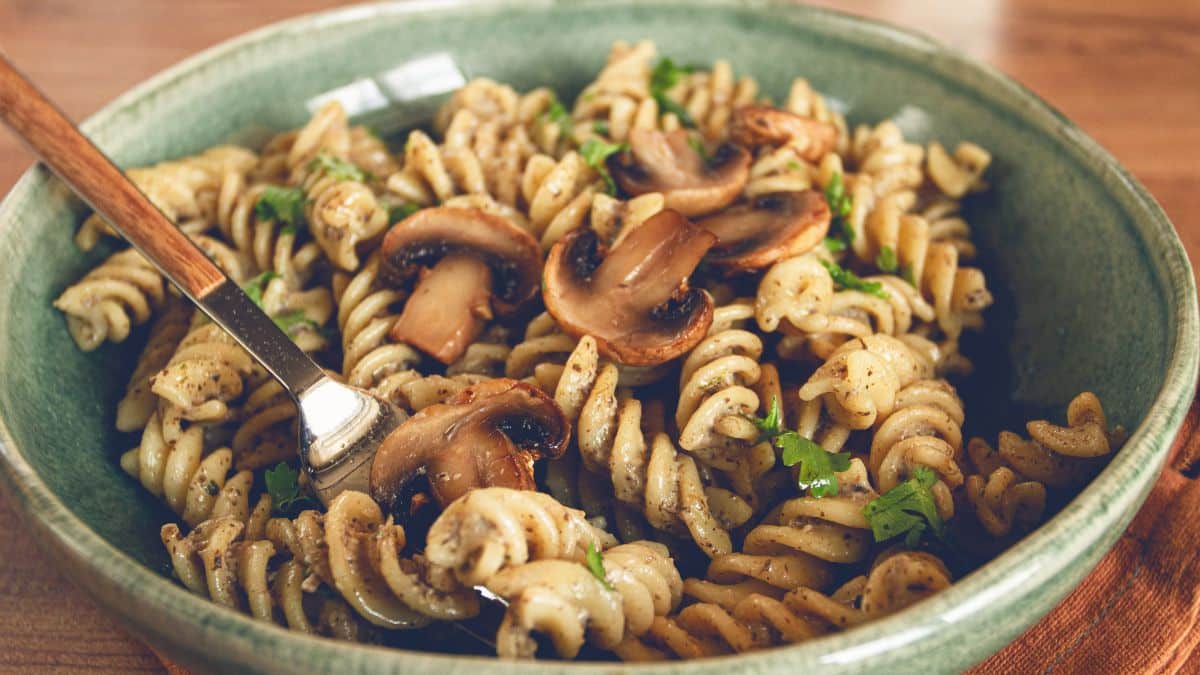Craving a bold, new way to cook pasta without fuss or frills? In southern Italy, a fiery method turns humble spaghetti into a crisp, saucy, and smoky plate that surprises at first bite. The tradition, called “all’assassina,” flips the usual routine and asks you to trust the sizzle.
A burning technique with real roots
Born in and around Bari, Puglia, this dish breaks rules on purpose. Instead of boiling noodles first, cooks finish the sauce and the starch together in the same pan. In practice, you toast dry strands, then feed them liquid gradually, like a risotto. As a result, the pasta absorbs flavor directly and keeps a gentle chew.
The method sounds daring, yet it follows a clear logic. Heat draws out sugars in the tomato base and creates caramel notes. Then brief contact with the hot surface builds charred edges that taste deep, not burnt. For best results, use high heat, a heavy cast-iron pan, and patience.
How to cook assassina-style pasta at home
First, prepare a bright tomato base with olive oil, garlic, and pepper flakes. Then spread a thin layer of sauce in a wide skillet and set it over strong heat. Add the dry spaghetti in an even layer; the strands will start to toast. At this point, spoon in hot passata or light broth in small doses so the pasta softens while it sizzles.
« Let the sauce scorch at the edges; that slight scorch is the soul of the dish. »
Next, nudge the noodles just enough to prevent sticking in one spot. Avoid constant stirring; you want contact with the pan. When the liquid runs low, add another ladle, and repeat. Finally, stop when the surface shows crisp spots and the center stays supple and saucy.
Technique, safety, and timing for pasta all’assassina
Good ventilation matters, because the pan runs hot and fast. Open a window, and keep a lid nearby if splatter becomes lively. Importantly, the char should remain light and fragrant, not black and bitter. If the pasta darkens too fast, reduce the flame and add a small splash of liquid.
- Use a wide pan for maximum contact and control.
- Keep sauce thin at first; it will thicken on heat.
- Add liquid in small ladles, like making risotto.
- Stop cooking a touch early; carryover heat finishes it.
- Taste for salt at the end to avoid oversalting.
A heavy skillet holds heat steady and prevents hot spots. Meanwhile, a pinch of sugar can balance sharp tomatoes if needed. You can raise or lower chili to suit your table. For a glossy finish, swirl in a spoon of oil off heat; it clings to pasta and boosts aroma.
To readVinegar on garden beds sterilizes soil and kills plants for monthsCommon mistakes are easy to avoid with a plan. First, do not drown the pan; the goal is dry-cooked contact, not boiling. Second, resist over-stirring, which cools the surface and weakens the crust. Finally, aim for a one-pan process that stays focused, fast, and flavorful.
Where this pasta comes from, and why it divides cooks
Cooks in Bari describe the dish as a local ritual with humble roots. Some accounts trace it to neighborhood kitchens from the late 20th century, though exact dates vary. The name hints at “killer” heat or a “killer” taste, depending on who you ask. Either way, the technique highlights thrift, skill, and courage at the stove.
Today, food lovers far beyond Puglia try variations at home. Social media clips show the caramelized edges and the dramatic sizzle. Purists defend a simple base, a very hot pan, and minimal stirring. By contrast, modern twists add broth, herbs, or cheese at the end.
Serving, nutrition, and smart swaps for pasta lovers
A plate of assassina thrives on contrast: crisp edges, a tender core, and a bright tomato glaze. For balance, serve a quick fennel salad or bitter greens. A chill glass of mineral water or a light red helps cut the heat. If you prefer milder spice, reduce chili and lean on garlic and black pepper to let the pasta shine.
Char brings aroma, yet moderation keeps flavors clean. Aim for red-brown caramel tones, not deep black patches. Therefore, control heat and add small amounts of liquid to slow the process when needed. If you worry about smoke, lower the burner and extend the time slightly.
Home cooks can adapt the method to different needs without losing spirit. Gluten-free noodles work, though they may require gentler handling and shorter contact with the pan. Vegetarians already have a match, and vegans can finish with extra olive oil instead of cheese. For weeknights, the approach saves dishes and turns pantry staples into something vivid; it makes pasta feel new again.
To readFrying oil: 7 smart garden uses and 4 mistakes that ruin your plantsIn the end, confidence grows with repetition. Start small, and track how your pan behaves on your stove. Then adjust liquid, heat, and stirring to hit the sweet spot. With a little practice, the balance of crisp, sauce, and chew lands right where you want it.
Crédit photo © DivertissonsNous


